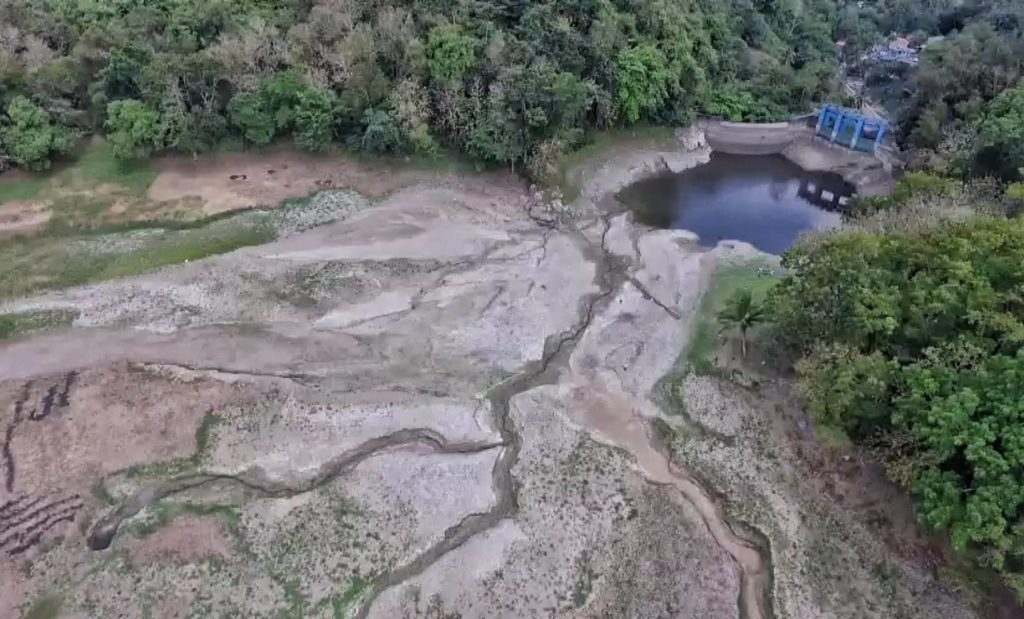
This is an aerail view of the Buhisan Dam on March 11, 2019. | CDN Digital file photo
CEBU CITY, Philippines — Despite the start of the rainy season, Cebu will continue to experience humid, warm weather and rising temperatures until August or even lasting until November this year.
Engineer Al Quiblat, Philippine Atmospheric Geophysical and Astronomical Services Administration in Central Visayas (Pagasa-7) head, said in a phone interview on June 15 that this would be because the El Niño would be expected to dissipate by August yet or even extend until November.
Quiblat said that the trend in the past weeks had shifted international predictions of the El Niño with a growing chance of 50 to 60 percent for the phenomenon to end in November instead.
This is a shift from the May 22 Pagasa climate forum prediction of a 70 percent chance that the El Nino, which started in March 2019, would end in August.
Read more: Pagasa: Rainy season may start mid of June but effects of El Niño could last until August
For Cebu, that would mean lesser rains for the rainy season, which Pagasa said started on Friday, June 14.
Quiblat said with the ongoing El Niño, even with the presence of southwest monsoon, average rainfall would be expected to decrease.
As of June 15, the rainfall volume in Cebu has reached a staggering 20 millimeters despite the intermittent rains.
This is far from the average of 190 millimeters of rain on a normal year and without reaching that, Cebu is still categorically under drought.
Quiblat said that rainfall might not normalize until the end of the phenomenon.
Read more: Rains bring Jaclupan Dam’s water level slightly up; Buhisan Dam still dry
He said that this would greatly affect the water supply in Cebu, which had suffered gravely in the past three months with the depletion of water supply in the Buhisan Dam.
The Metropolitan Cebu Water District (MCWD) said that even with the recent rains, Buhisan Dam has not yet recovered and remains to have zero supply.
The dam had a supply capacity of 6,000 cubic meters per day.
However, they were glad to report that in the past two weeks, Jaclupan Dam had been consistently producing 24,000 cubic meters of water which had increased from 17,000 cubic meters in the last week of May.
The MCWD said that it was hoping that the El Niño would dissipate sooner and the average rainfall would return to normal so that the water supply could also go back to normal.
Meanwhile, Quiblat said that they could give a more accurate prediction on the next climate forum on June 26 about the El Niño that had lasted for three months and affected agriculture and the water supply in Cebu.
He also said that aside from gravely affecting agriculture and water supply in Cebu, the phenomenon had also affected the occurrence of typhoons in the country.
This year only three tropical depressions or storms had entered the Philippine Area of Responsibility (PAR).
“On a normal year, we would already have almost 10 typhoons by now, but we had only three. We are far from average,” said Quiblat.
Pagasa record shows that the Philippines experience an average of 20 typhoons on a normal year./dbs